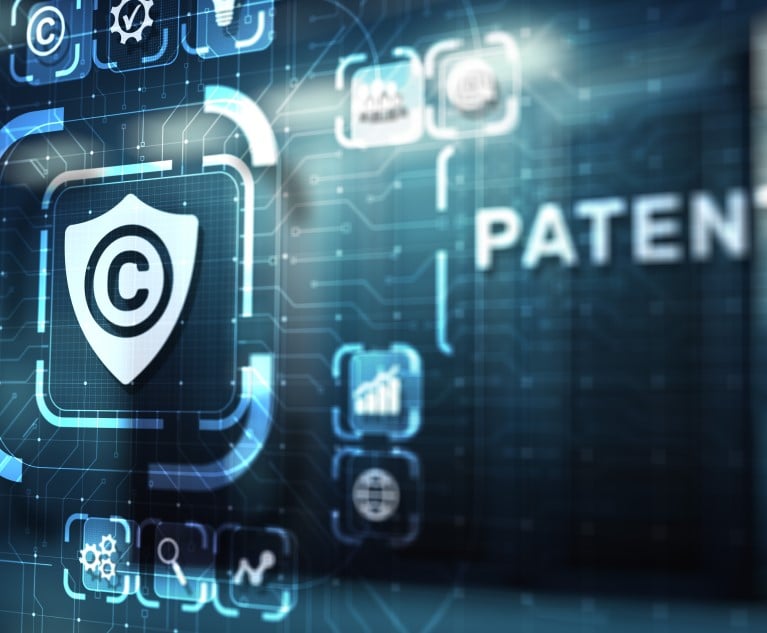The extraordinary challenges presented by the spread of the novel coronavirus present potentially new responsibilities for private entities. Courts may later be asked to judge the actions of a person or entity alleged to have contributed to the spread of the virus. As local authorities impose increasingly severe guidelines daily including bans on gatherings and movement, private entities are considering how to act, and often, taking matters even further with suspensions of sporting events and closure of workplaces. We consider a framework for defining the legal duties of employers during this crisis in the context of some of the difficult questions they are facing.
If an employee tests positive for COVID-19, how should the employer respond?
Issue a Broad Warning: An employer should consider the full scope of its reach, and fully inform all those within any degree of its control. Entities should consider who affected employees might have come into contact with and how far the business’s control and communication ability reaches for other purposes.
- In a 2013 case, the Long Island Railroad was held liable to a cashier where it knew that its employees were carrying asbestos on their clothing into the diner where he worked. Although the LIRR did not own the diner, the court found that it exercised control over the diner because it dictated the diner’s operating hours through a term in the diner’s lease. This control sufficed to trigger a duty to warn.
The warning should include all information known to the employer. Although risks might be minimal, the reported risk of death should be factored into the duty to warn and the warning should be as complete as possible (accounting for privacy concerns with disclosing an affected employee’s name).
- In the summer of 2007, a student at the Hotchkiss School was bitten by a tick, contracted tick-born encephalitis and suffered permanent brain damage on a school trip to China. The school had a duty to “minimize identifiable risks,” that did not extend to “risks that are so novel or extraordinary.” However, the court also considered that the school was a boarding school, with potentially greater responsibility for the students within its care. The “gravity of the harm” was another factor the jury was allowed to include in assessing the school’s duty. Because the harm from the tick bite was potentially grave—contracting tick-born encephalitis which could lead to permanent brain damage—the jury was allowed to find a duty despite the highly unlikely occurrence. The school was found to have known about the risk and held responsible for failing to adequately warn.
Take Additional Reasonable Protective Measures. The employer should also consider its degree of control over its employees. If the employees cannot avoid potentially affected places, a simple warning will not be sufficient—the employer has a duty to provide a safe workplace.
Take proper infection-control measures to ensure that potentially infected areas and people do not infect others. Once an employer obtains concrete information that a workplace may be infected, a duty to remedy that condition likely applies. This may include thoroughly disinfecting premises and asking potentially-affected employees to self-quarantine.
Claims that an employer failed to adequately protect employees against risks from asbestos dust have regularly been allowed to proceed to trial. In one case, a worker’s claim that his mask was not sufficient to protect against “high alkaline” dust at the World Trade Center site was allowed to proceed to trial.
- During the 2014 Ebola outbreak, a nurse in Dallas, Texas traveled to Akron, Ohio where she visited a bridal shop, and then fell ill with Ebola. Ohio health authorities ordered the bridal shop to close. The shop owner was allowed to sue the Dallas hospital (thousands of miles away) to recover based on the hospital’s failure to implement adequate infection-control procedures.
Alert authorities and follow official guidance. This will help demonstrate that actions were taken with reasonable care.
Consider how peers are responding. Many organizations have taken steps beyond those recommended by health authorities—closing offices, shuttering venues, and cancelling events. In future litigation, plaintiffs will present and juries will be allowed to consider these measures as evidence of proper conduct.
- In the case of the student bitten by a tick on a school trip, the school should have warned of the risk even though the CDC knew of no prior incidents of illness like that suffered by the student. The court considered independent expert testimony as well as evidence from the British health service, in addition to CDC guidance.
If an employer is not aware of any specific contacts with the virus, should it be doing anything?
Stay Informed: First, keep informed. Liability usually does not attach for failure to protect from unknown risks, but employers especially should be vigilant to potential dangers. Employers should have a person responsible for keeping informed of the geographical spread of the epidemic and employees should know how to report suspected contact with the virus.
- A landlord was cleared of liability because he had no reason to believe that brown recluse spiders were even prevalent in the area. Another homeowner was cleared of liability because he did not know his dog was carrying a potentially dangerous tick that bit a guest.
- A restaurant was held liable for a patron’s spider bite because black widow spiders were a known geographical risk and the owner failed to take adequate protective measures.
Alert employees. Employers should alert employees to the general risks of the novel coronavirus and inform employees of steps they can take to stay safe, such as washing hands regularly.
- Sweeny, Texas has been called “the mosquito capital of the world.” A rail worker in Sweeny was warned by his employer about the risks of West Nile virus. The employer did not provide repellant, did not mitigate puddles of standing water, mow grass, or fix the worker’s rail car to prevent the entry of mosquitos. The Texas Supreme Court refused to hold the employer responsible for the known and uncontrollable naturally-occurring risk.
Take Reasonable Preventive Measures: Maintain a safe workplace. Employers should also stay ahead of the virus by avoiding the presence of the virus in workplaces and mitigating any conditions conducive to infection. This might mean cancelling non-essential travel, especially to affected areas, and providing sick employees with the means to stay away from the workplace. These measures will help avoid liability for creating an unsafe work environment.
Clean and disinfect. Possibly the most important thing an employer can do to protect employees and avoid liability is to keep the workplace free of the SARS-CoV-2 spores that cause COVID-19. If the spores are not present in the workplace, employees will be safer and courts will be reticent to impose liability.
- When a plaintiff claimed that she caught valley fever from spores in a mound of dirt placed adjacent to her home, the court dismissed the case because she failed to prove that the mound contained the bacterial spores that cause the fever. But a defendant whose soil samples tested positive for the infectious spores that cause valley fever was held responsible for a neighbor’s infection.
- A New York court dismissed the claims of a teacher that horrid conditions at a school (“rodents, rodent carcasses, rodent droppings, cobwebs, cockroaches, cockroach and other bug carcasses, mildew, thick-black dust, and excessive dirt[,] numerous ceiling tiles were water-damaged and broken; there was mold on the ceiling tiles by the vents, mold on the walls, and mold in the closets”) caused her allergies and asthma, because she did not present sufficient evidence that the levels of exposure at the school reached the thresholds necessary to cause injury. In a similar case, claims were dismissed because the particular fungus that caused an employee’s eye infection were not traced back to the unsanitary school workplace.
- However, in some workers’ compensation cases at least, courts have upheld decisions imposing liability on an employer for an infection based on expert testimony ruling out other possible sources of the worker’s infection. For example, an emergency room technician that contracted Hepatitis C was awarded damages against her employer based on expert testimony that the hospital was the only plausible source of the worker’s infection. Similarly, a sanitation worker (whose route included hospitals) contracted Hepatitis B from an unknown source but the court allowed an award against his employer after an expert testified that his employment was the only plausible source for his infection.
These are only some of the myriad potential legal issues posed by the spread of the novel coronavirus. If you have any questions about the issues addressed in this article or otherwise, please do not hesitate to reach out to us.
Christopher Kercher, Andrew Rossman and Brian Timmons are partners, and Jonathan Feder is an associate, at Quinn Emanuel Urquhart & Sullivan.
NOT FOR REPRINT
© 2024 ALM Global, LLC, All Rights Reserved. Request academic re-use from www.copyright.com. All other uses, submit a request to [email protected]. For more information visit Asset & Logo Licensing.


 A woman wears a mask as she crosses the Brooklyn Bridge on Monday, March 16 in New York. Photo: Mark Lennihan/AP
A woman wears a mask as she crosses the Brooklyn Bridge on Monday, March 16 in New York. Photo: Mark Lennihan/AP




